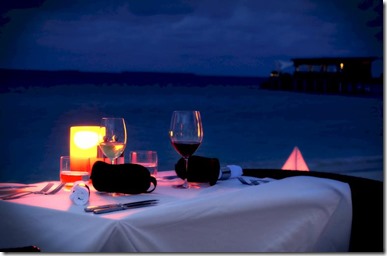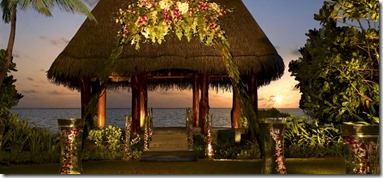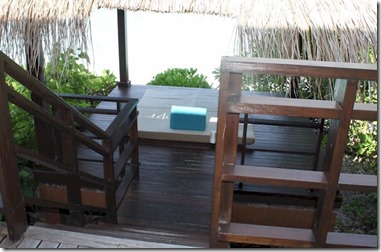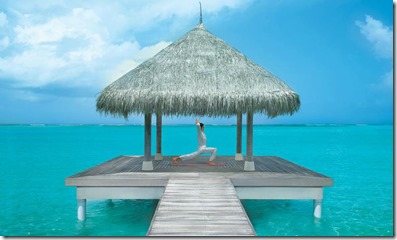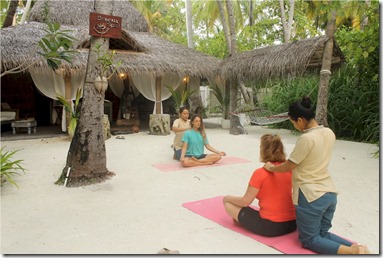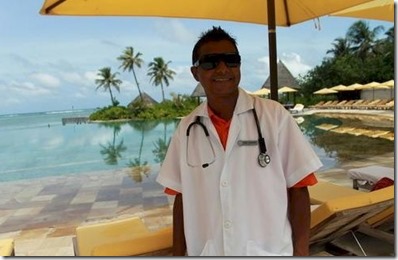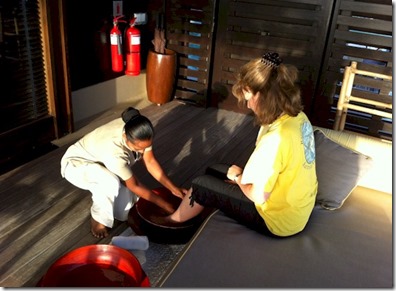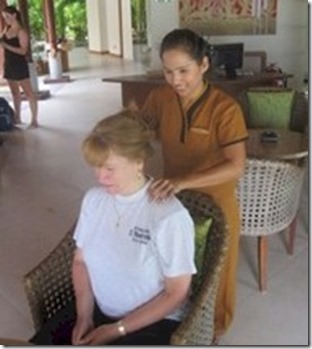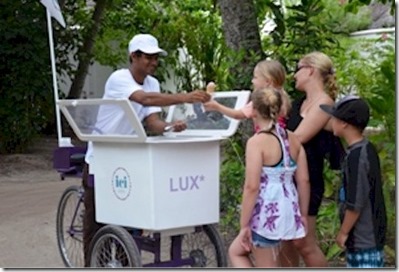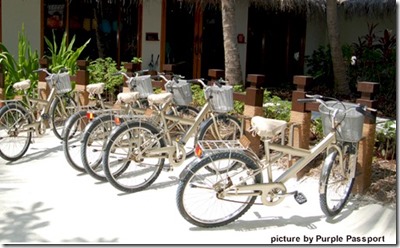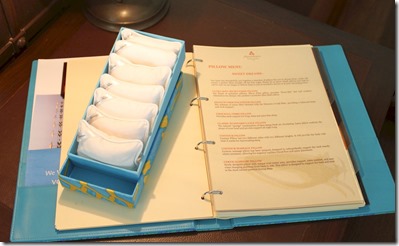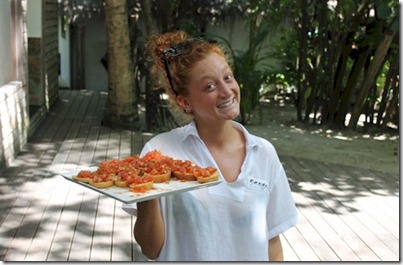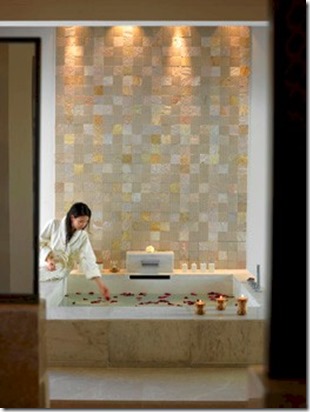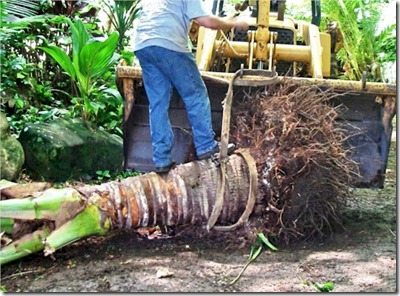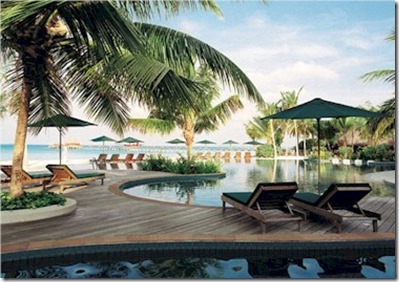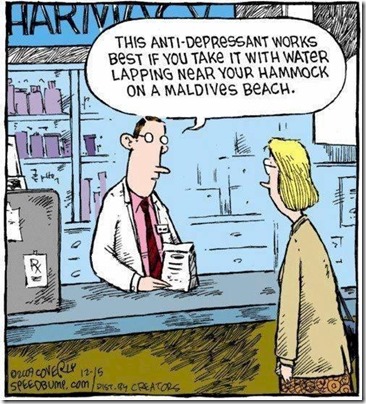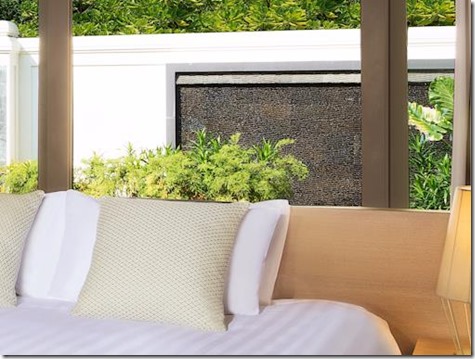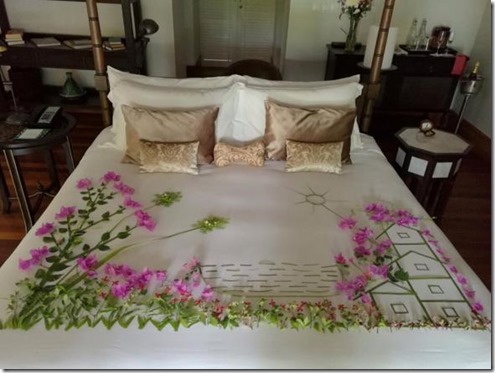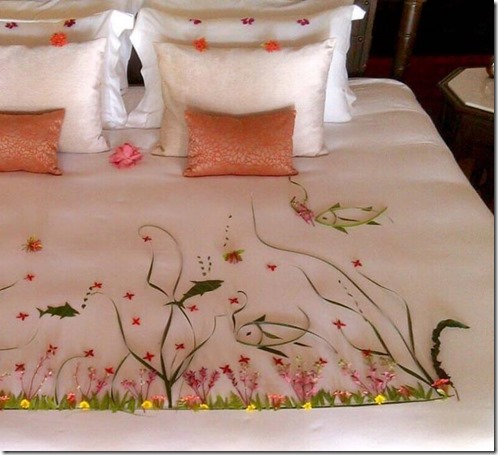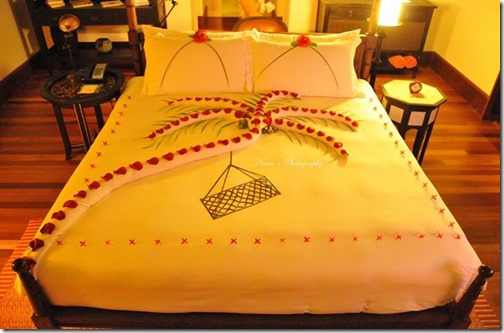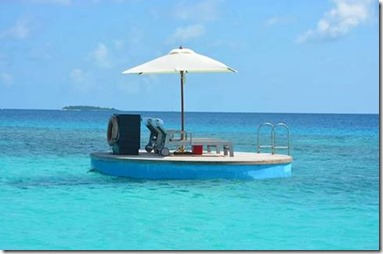The Maldives is a sense-sation for all the senses – the sun warmed sea breeze on your skin, the salty fragrance of fresh ocean air, the sumptuous delicacies of the resort gourmet kitchens, the sounds of the water gently licking the shoreline.
The sense most celebrated here on Maldives Compete has to be sight though. With all our imagery of fashionista guests to resorts highlights, I suspect the site has more Maldives pictures than any other website (Maldives Complete features over 7,000 photos). Today is World Eye Sight Day celebrating the sense of sight and raising appreciation for its gift as well as the issues many can grapple with losing it.
To experience a world without sight, Park Hyatt Hadahaa serve up the unique adventure of ‘blind dining’…
- “Unique ‘blind’ private dinner: an exceptional three-course feast, crafted with your favorite ingredients, to be enjoyed like never before as you are blindfolded to heighten the senses. Discover unadulterated taste and texture in your delightful dishes, while listening to the lapping of the waves and feeling the gentle breeze on your skin and the sand between your toes. Price – $450 per couple.”
We ourselves enjoyed blind dining here in London at the pioneer of this concept – Dans Le Noir. Hadahaa uses blindfolds, but at Dans Le Noir, the dining room is set in pitch black darkness. The first question is how do the waiters serve you…and of course the obvious answer is – they are all blind! First of all, there is a feeling of helplessness and vulnerability at first, but you do acclimate soon enough. And then it is a lesson in simple manoeuvrability – finding your glass, your fork, your food, your mouth!
But the cross-modal neuroplasty kicks in. Well, not that quickly. The whole notion that people impaired of one sense compensate with extra capability in others is well documented in neurology (but the process does take a bit longer than an evening meal – for a great overview, I recommend Scientific American’s article “Super Powers for the Blind and Deaf – The brain rewires itself to boost the remaining senses”).
More simply, the removed distraction of one sense, especially one so dominant in our lives, allows us to focus more intently on the others. Like taste and aroma. One of the courses at the mythic Fat Duck (voted one of the top restaurants in the world) is served with your eye shut to focus on both the food as well as a spritz of scent they spray when you take a bite to complement the taste. But the all-time iconic depiction of such blind-folded erotic delectation is the kitchen scene in the film 9 ½ Weeks.
If all this talk has made you appreciate your vision just a bit more, in the spirit of the day, I would encourage you to visit Naomi Riches MBE “Great Thames Row”. Just a few weeks ago, this vision impaired Paralympic champion (who rows at my Marlow Rowing Club) rowed the entire 165 miles of our own local coastline, the Thames River. She achieved the Guinness World Record for a woman completing the odyssey in 48 hours to raise fund for her charity In-Vision.
Dans Le Bleu!

